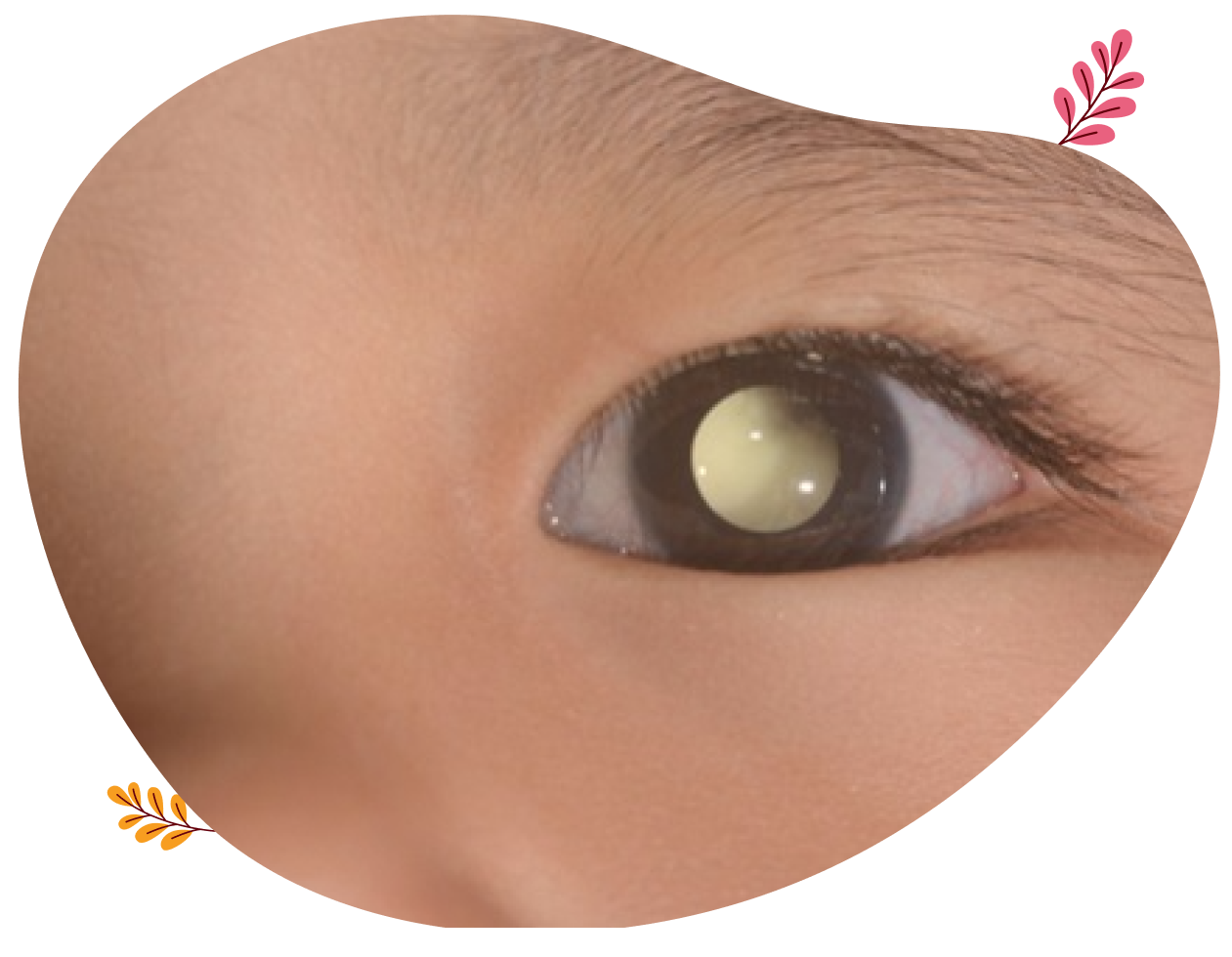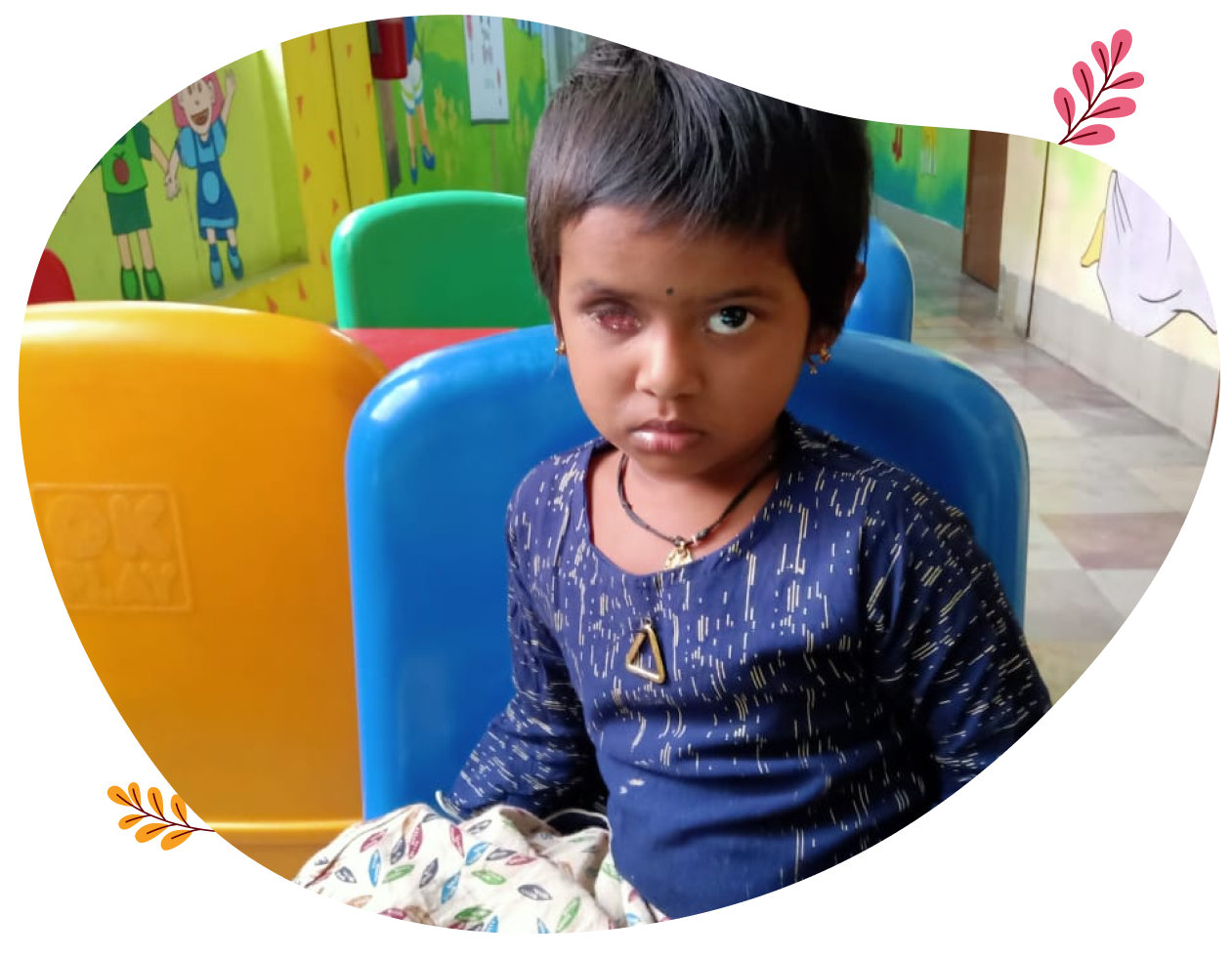Childhood Cancer
In India, more than 50,000 new cases of childhood cancer are reported each year – and less than 40% complete treatment. Childhood cancer has the best prognosis when diagnosed early, coupled with treatment in tertiary care centres with multidisciplinary teams.
Tiara provides financial support in the areas of chemotherapy, radiation, surgery, laboratory investigations, imaging procedures, central venous devices and palliative care.
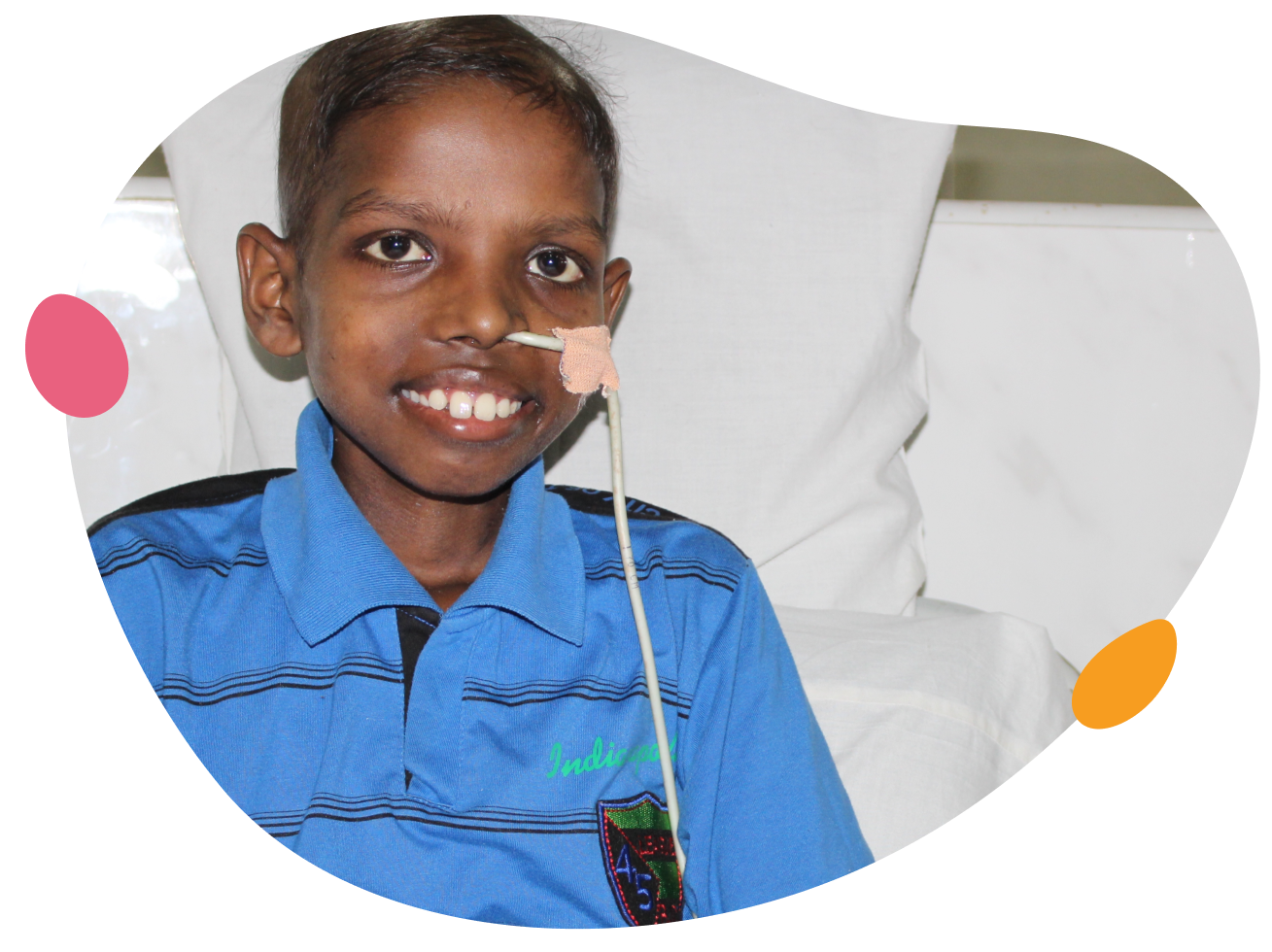
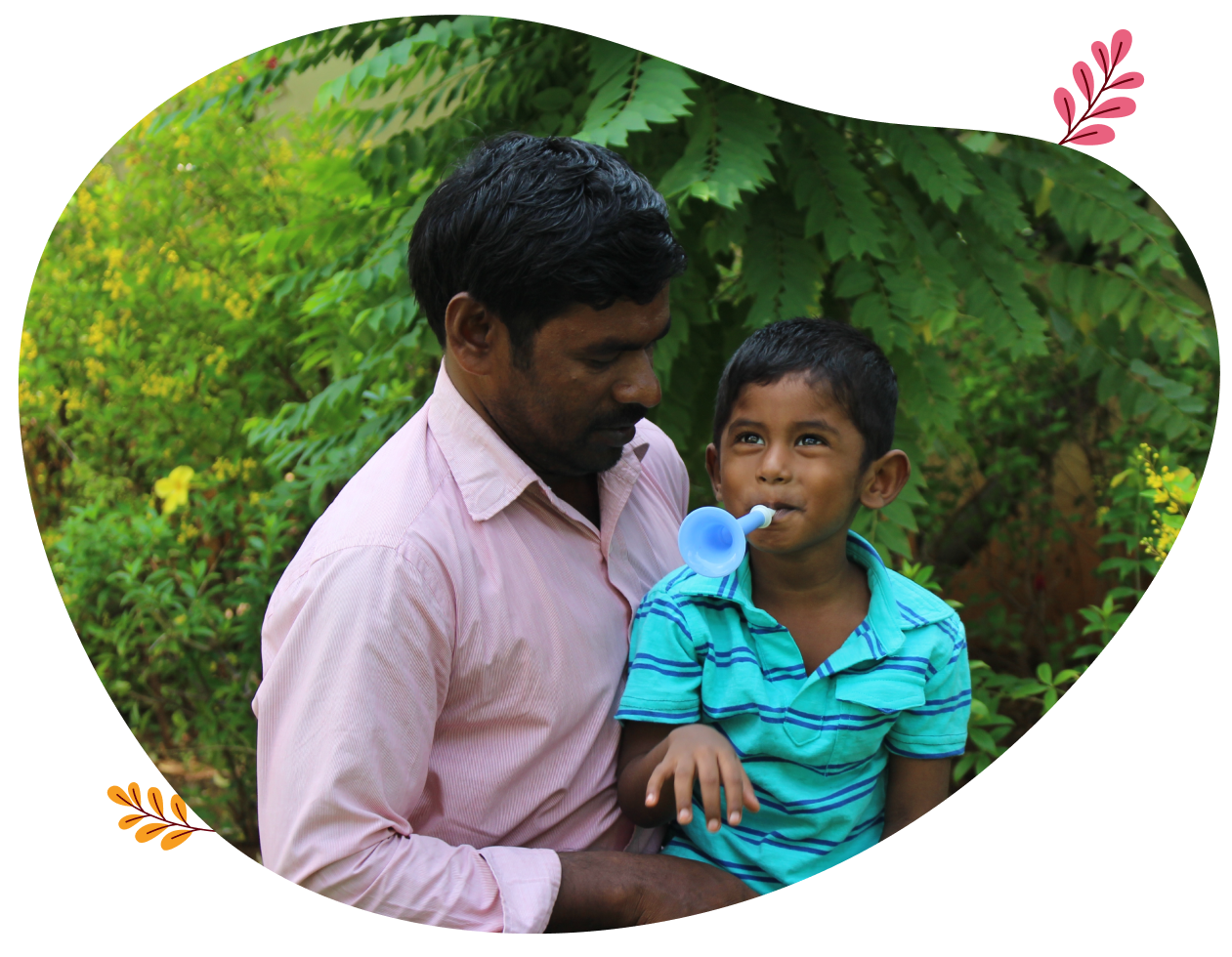
Many low-income Indian families are unable to complete treatment for their children because of lack of resources. When quality treatment that includes essential medication and cutting-edge technologies is made accessible and affordable, survival rates improve.
Impact of Cancer Programs
Tiara provides financial support in the areas of chemotherapy, radiation, surgery, laboratory investigations,
imaging procedures, central venous devices, and palliative care.

Impact of Retinoblastoma Programms
In association with Sankara Nethralaya, Chennai, Tiara’s Project Retinoblastoma sponsors chemotherapy,
intra-arterial chemotherapy (IAC), diagnostic investigations and radiation for affected children.
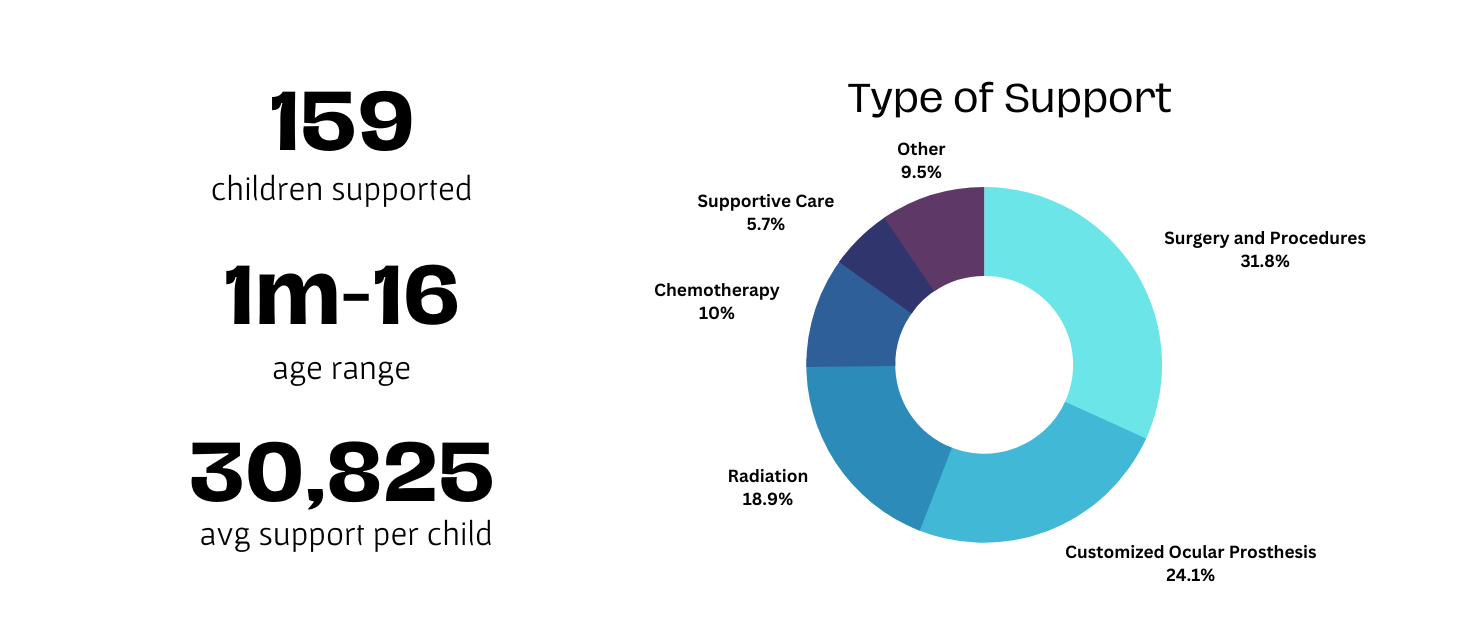
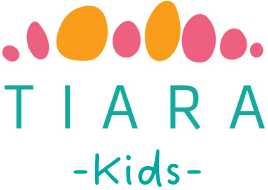
Address:
REG OFFICE: 202, 2nd floor, Tropical's Ashrama, 7/2 Krishnaswamy Avenue, Mylapore, Chennai - 004
VHS SAMHITA: Abhimanyu Block, Voluntary Health Services, SH49A, Pallipattu, Tharamani, Chennai-113
